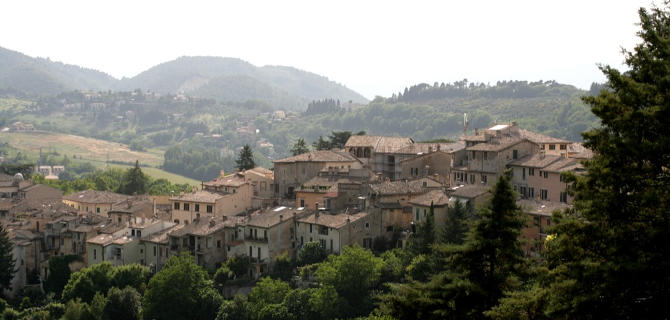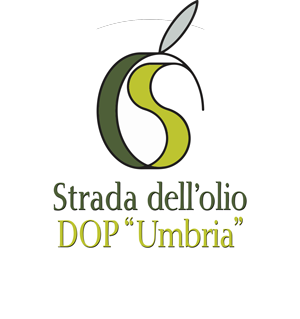Hills of Assisi and Spoleto’s lands

From Assisi to Spoleto. Through the lands of silence and meditation. Hills of Assisi and Spoleto’s lands
A fragment of history that feeds on legend. The history of an olive tree that survives, as faith and popular tradition wants, for over 1700 years in that of Bovara. Since that is when, still young plant, the first bishop of Trevi Sant’Emiliano was bound and tortured.
A martyrdom that seems to have inextricably linked the city, through the patron, to the culture of olive trees and oil. As evidenced by the numerous oil mills and the approximately 200 thousand plants that surround the “acropolis”, which has been offering from time immemorial, almost immodest in its beauty, to the admiring look of the traveler.
Trevi, the city of extra virgin olive oil par excellence, the prestigious product that honors the Museum of the Olive Tree Civilization, but known and appreciated nowadays for its extraordinary organoleptic properties: an intense aroma, a bitter and spicy taste, a particular color between green and yellow.
A museum for oil, therefore, but also contemporary art finds its prestigious space in the Palazzo Lucarini Contemporary which hosts periodical exhibitions of international artists.
From the earth “watched from view” from the Tower of Matigge, once the undisputed realm of ferocious brigands, such as the famous Cinicchia, to the transparent spring waters of the sacred Fonti del Clitunno, the step is short.
Near here, in the village of Pietrarossa with a hundred symbolism, the ancient Trevi, the Roman town of Trebiae, would have risen.
From this place, just downstream of the omnipresent Flaminia, you can reach some of the most beautiful cities in Umbria: Spoleto rich in art and proud of its Festival; Foligno with a hundred palaces … lady of the rings thanks to the Giostra della Quintana; Spello, the Splendidissima Colonia Julia, on one of whose towers stands out incredible and regal an olive tree, almost to march its vocation. Maybe leaving the path of progress to set off along the ancient path of the Olives, through the Umbrian landscape to discover a Franciscan itinerary.
The thought then flies to Assisi and St. Francis who gave all his belongings to live in poverty, silence and meditation.
Going up to the Eremo delle Carceri, in the woods of Mount Subasio, we can still see the Patron of our Italy praying and the rustling of the wings of the dove carrying an olive branch in its beak as a pledge of peace.
Further north, characterized by the cine stone of an intact Middle Ages, is the enchanting Gubbio where obtaining the “offically mad license” is a great privilege. So it is, strange and unconventional, the city of the wolf tamed and of the heavy Ceri carried on the shoulder uphill to the Basilica of Sant’Ubaldo. Stuff … crazy, in fact. But how much love for their land and its traditions in that pinch of madness!
A love that can be felt everywhere, since Monte Cucco where the royal eagles fly, and while going back to the Flaminia you return to the starting point, dazzled halfway by the reflections of gold and ruby of the terracotta of Gualdo Tadino.
